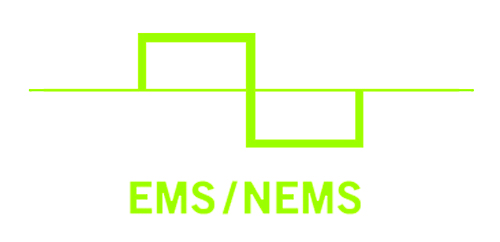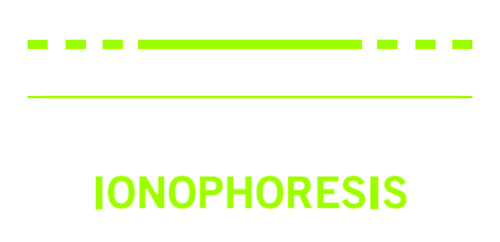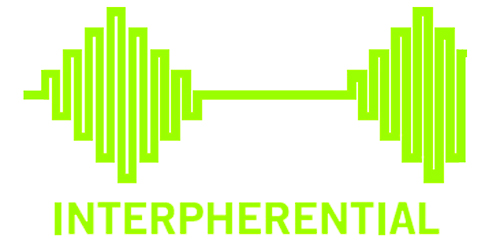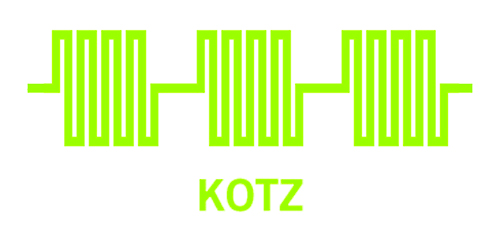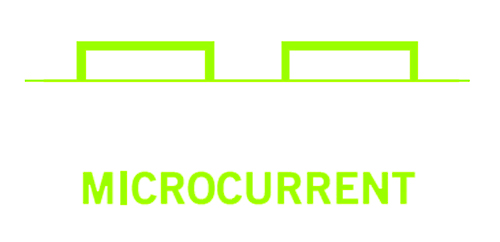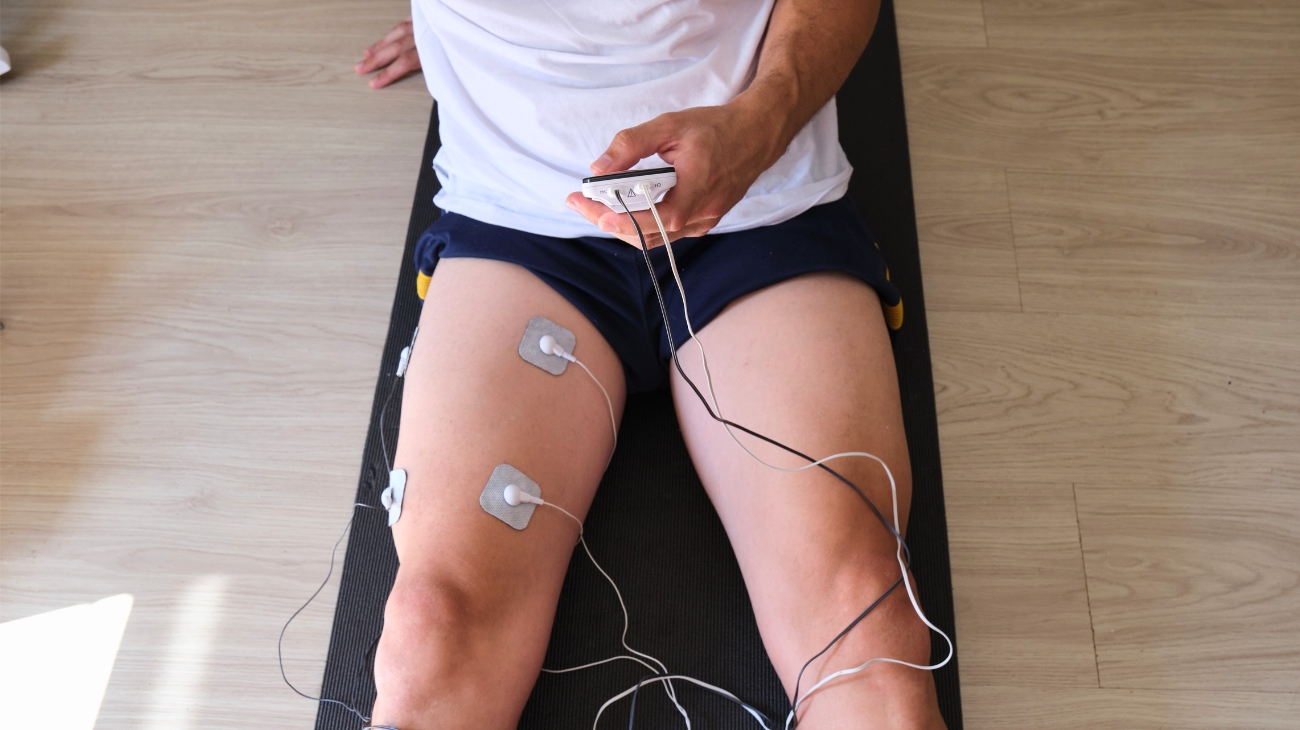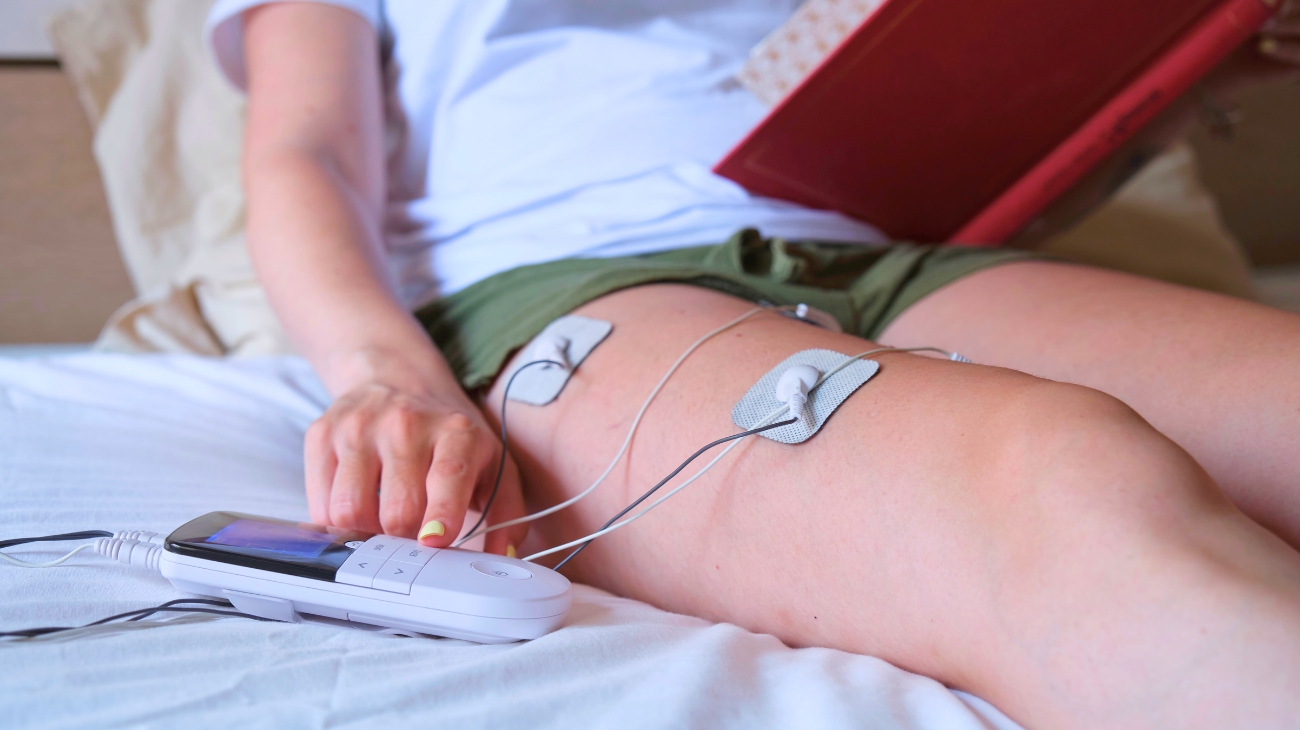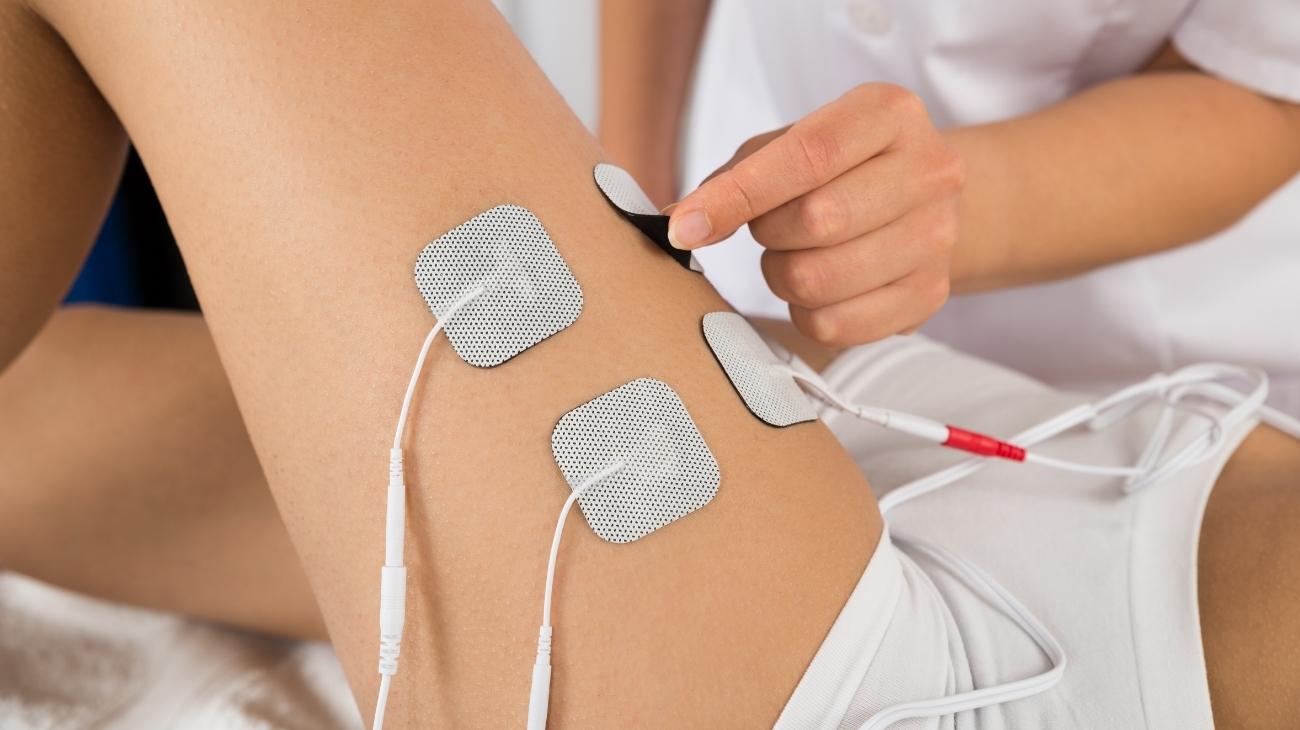Physical therapy is a branch of medicine focused on physical recovery after surgical procedures, illnesses, or injuries. It employs a wide range of techniques tailored to each specific condition. One of the most widely used, effective, and versatile physical therapy techniques is electrical stimulation therapy, or electrotherapy, with its two most common modalities: Transcutaneous Electrical Nerve Stimulation (TENS) and Electrical Muscle Stimulation (EMS).
These electrotherapy modalities are designed not only for treating various types of pain but also for rehabilitation and physical conditioning. In the following sections, you will learn everything you need to know about TENS and EMS therapy, how to differentiate between them, and the key criteria for ensuring a safe and effective electrical stimulation session.
Types of currents for electrical stimulation
Did you know that different types of electrical stimulation currents are designed for specific therapeutic benefits? Research published in the Journal of Rehabilitation Research & Development shows that TENS (Transcutaneous Electrical Nerve Stimulation) is best for pain relief, EMS (Electrical Muscle Stimulation) enhances muscle strength, and IFC (Interferential Current) penetrates deeper tissues for reducing inflammation.
Although TENS and EMS modalities are the most popular, electrotherapy has a wide range of options that go beyond these. Below, you will learn about the main types of electrotherapy that have been developed so far:
TENS
Consists of applying galvanic currents by means of two or more electrodes with positive and negative poles. These currents are mainly used to alter pain transmission mechanisms and provide relief to the user, as well as a considerable increase in the pain threshold.
EMS/NEMS
Consists of the application of electricity to stimulate the muscles, achieving a contraction in them that will allow them to be strengthened. It is a therapy with aesthetic purposes since it seeks muscle toning, although it can also have benefits such as a reduction in the risk of injury and an increase in resistance to fatigue.
Iontophoresis
Consists of the application of active substances to the organism through the use of electricity, for which low intensity currents are used. This is mainly used for the localized application of drugs without having to use the oral route, although it is little used nowadays due to the risks and side effects involved.
Interpherential
Like TENS, this modality is used to relieve intense pain caused by chronic pathologies such as osteoarthritis, or pain caused by trauma or postoperative processes. For this reason, currents of greater power and intensity are applied, so unlike TENS and EMS, this one does have slight side effects.
Kotz
Directly attacks the irregular functioning of the muscle fibers, allows greater elongation and stimulation of the muscle structure and, as a curious fact, is used as a complementary treatment in case of urinary incontinence by placing intravaginal electrodes and applying this type of current.
Functional Electrical Stimulation (FES)
Uses small electrical impulses to activate specific muscles and nerves. These impulses trigger the desired function, such as contracting muscles to move a foot or lift an arm. FES is also used to block pain signals and restore or improve bodily functions, such as bowel and bladder control.
Microcurrent
Utilizes micro-size, pulsating current to resonate with the body’s own bio-electrical exchanges that take place at the cellular level.When microcurrent is applied, it triggers impulses to facilitate a chemical reaction to activate the release of adenosine triphosphate (ATP) at the cellular level, which is used to facilitate wound or tissue healing.
Denervated
Specific waveforms (square, triangular) are used for the rehabilitation of denervated muscle (loss of muscle function) where the individual stimulation impulses have a much longer duration compared to normal muscle stimulation programs. Thanks to electrical stimulation it is possible to maintain muscle tone and prevent muscle atrophy while awaiting motor nerve regrowth.
Differences between TENS and EMS
| TENS | EMS |
|---|---|
| Uses steady current to stimulate nerves | Uses a cycle of impulses to cause muscle contractions |
| Primary use is to relieve pain | Primary use is for physical therapy of muscle tissue |
| Blocks pain signals from reaching the brain | Prevents wastage or damaging of muscles due to injuries |
| Temporary pain reduction | Reduces muscle atrophy |
| Low penetration value and temporary benefits | Deep penetration value and permanent results |
| Helps body produce more natural pain-relieving substances | Helps increase blood flow, range of motion, and increases muscle |
| Relieves both chronic and acute pain | Relieves muscle pain from spastic muscles, tight or sore muscles |
Used for:
|
Used for:
|
TENS
TENS, or Transcutaneous Electrical Nerve Stimulation, is a physical therapy technique that focuses on alleviating pain from various sources by delivering variable-intensity electrical impulses aimed at minimizing pain perception.
Key characteristics of TENS therapy include:
- Delivers electrical impulses ranging from 1 to 250 Hz
- Designed for pain relief (analgesia)
- Targets the sensory fibers of nerve tissue
- Longer session duration, typically between 30 and 45 minutes
- Generally more affordable than EMS
EMS
EMS, or Electrical Muscle Stimulation, is commonly used as a training and physical conditioning method that employs high-intensity electrical impulses to activate muscle fibers, promoting their growth, conditioning, and recovery.
The defining characteristics of EMS therapy include:
- Electrical impulses range from 70 to 150 Hz
- Focuses on strengthening and rehabilitating muscle fibers
- Targets motor nerve fibers
- Session duration typically ranges between 15 and 20 minutes
- Generally more expensive than TENS
Types of TENS Devices
The effectiveness of TENS devices is measured by the intensity of the electrical impulses they can generate. There are different types of Transcutaneous Electrical Nerve Stimulation devices, each adapted to provide varying electrical frequencies.
Conventional TENS
Conventional TENS machines are the most accessible, as they are available at relatively low prices depending on their quality. They typically feature up to two conduction channels and a variable number of adaptable electrodes.
They can deliver intensities ranging from 1 to 150 Hz, depending on the brand and model. Most of these devices are portable and powered by either AA batteries or rechargeable lithium batteries.
High-Intensity TENS
High-intensity TENS devices are larger and more expensive than conventional TENS machines, although they still offer some degree of portability. They can reach much higher frequencies, up to approximately 250 Hz.
The electric fields generated by these devices are ideal for treating chronic and persistent pain, such as that caused by osteoporosis. They produce currents capable of penetrating deep nerve tissue, significantly reducing pain associated with these conditions.
Types of EMS Devices
Although the primary focus of electrical muscle stimulation is physical conditioning at the muscular level, there are various approaches to this process, which determine the type of treatment the patient will receive. These treatments can range from fitness training to rehabilitation following injuries, illnesses, or disorders.
Russian Waves
This form of Electrical Muscle Stimulation utilizes medium-frequency currents modulated with low-frequency signals. The medium-frequency current reduces skin resistance, allowing the low-frequency signal to penetrate deeper into the targeted muscle tissue.
This type of wave induces deep muscle contractions without the discomfort caused by other electrostimulators. It minimizes the risk of electrical burns, skin irritation, and hyperemia while delivering greater efficiency compared to similar electrostimulation methods.
Neuromuscular Stimulation
Unlike conventional muscle stimulation, this method uses frequencies designed to activate smaller, weaker, or paralyzed muscle groups, providing direct stimulation for improved function.
This technique offers all the benefits of standard muscle stimulation, plus the added advantage of strengthening complex muscle groups, increasing the range of motion in affected limbs, and reducing the risk of muscle spasms.
FES
F.E.S (Functional Electrical Stimulation) is a specialized form of electrostimulation designed to apply small electrical impulses to paralyzed or weakened muscles, triggering coordinated muscle contractions.
This therapy aims to rehabilitate patients with mobility impairments caused by conditions such as spinal cord injuries, strokes, and cerebral palsy, among others.
Advantages and benefits of TENS Electrotherapy
Did you know that TENS electrotherapy can reduce chronic pain by up to 50% without the need for medication? A study published in the Journal of Pain Research found that Transcutaneous Electrical Nerve Stimulation (TENS) effectively blocks pain signals to the brain while stimulating endorphin production, the body's natural painkillers.
Due to its versatility and complete lack of side effects, TENS electrostimulation is one of the most popular treatments for managing pain associated with surgery, sports injuries, and rheumatic diseases, among other conditions. It also offers numerous benefits for the body.
Some of the most notable benefits include:
- Increases pain tolerance: Regular application of TENS therapy on a specific area enhances nerve tissue sensitivity, leading to improved pain threshold over time.
- Blocks pain signals: One of its primary advantages is its ability to inhibit neuroelectric impulses that transmit pain signals to the brain, providing localized analgesia that can last beyond the session.
- Enhances blood circulation: The heat generated by the electrodes promotes vasodilation in the treated area, producing an almost immediate analgesic effect.
- Improves spinal fluid circulation: Facilitates the movement of cerebrospinal fluid through the spinal cord.
- Relaxes fibrous tissue: The synchronized electrical impulses relax tendons and ligaments, gradually increasing their resistance while improving pain tolerance.
Advantages and benefits of EMS Electrotherapy
Did you know that EMS electrotherapy can increase muscle strength by up to 40% in just a few weeks? A study published in the European Journal of Applied Physiology found that Electrical Muscle Stimulation (EMS) enhances muscle activation by recruiting deeper muscle fibers that are harder to engage with traditional exercise.
While EMS stimulation serves different purposes than TENS, it also offers a variety of benefits for muscle conditioning. Some of the most prominent advantages include:
- Enhances strength and endurance: The electrical impulses produced by EMS devices generate muscle contractions that increase muscle strength and endurance.
- Promotes fat loss: The activation of muscle groups stimulates physical activity, contributing to fat reduction in the targeted areas. This effect is amplified when combined with other physical exercises.
- Increases muscle elasticity: As muscle strength increases through electrical stimulation, so does elasticity, thanks to the continuous formation of new muscle fibers.
- Reduces stress: One of the key benefits of EMS therapy is its ability to function as a deep muscle massage, promoting relaxation and reducing tension in muscle groups such as the back and legs.
- Supports cellular autophagy: The constant muscle activity induced by EMS facilitates the elimination of metabolic waste products through a process known as autophagy.
Contraindications for TENS and EMS Electrotherapy
Although electrotherapy is a highly safe physiotherapy technique, it is essential to be aware of its contraindications to ensure safe and effective treatment sessions.
Contraindications of Electrical Stimulation:
- Epilepsy
- Cardiac pacemakers
- Circulatory disorders and issues
- Abdominal or inguinal hernias
- Neurological disorders
- Bleeding tendencies
- Skin irritation, burns, or open wounds
- Metabolic diseases affecting muscle function, such as diabetes
- Metabolic syndrome (diabetes, hypertension, and obesity)
- High uric acid levels
- Metabolic imbalances and disorders
- Inflammatory conditions


